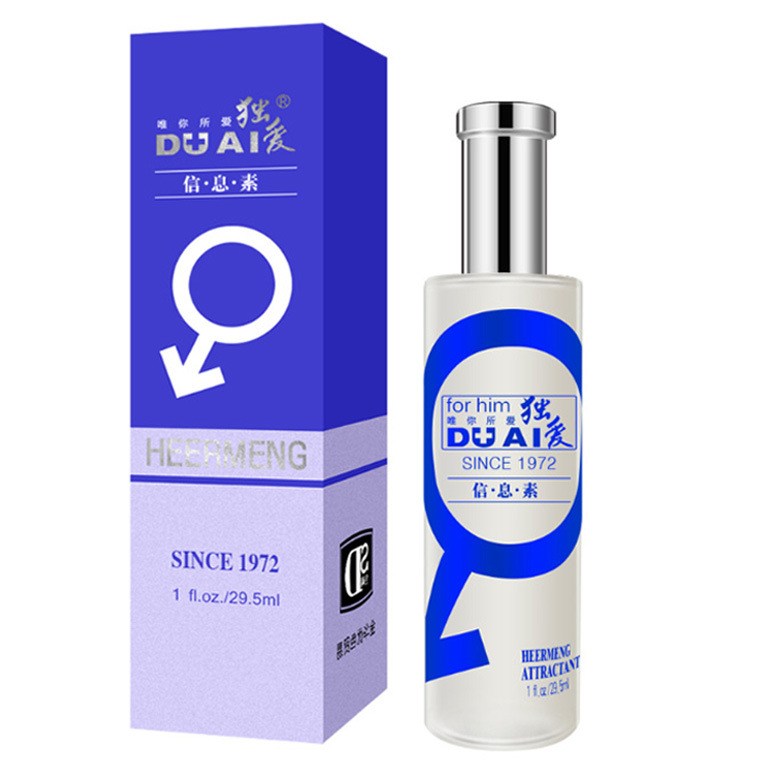Table of Contents
2. Tobacco
Tobacco, which is generally known to cause cancer to smokers, what we don’t know is that passive smokers also run a high risk of developing cancer, nose or throat irritations, bronchitis, and asthma. Additionally, tobacco smoke, being thick, is not completely absorbed and/or exchanged with fresh air. It becomes smog that sits around the house.
3. Volatile organic compounds
Volatile organic compounds are regularly used in houses. The name is tricky but the products are simple. Perfumes and hair sprays, various detergents, air fresheners, polishers, fragrance candles… these innocent products can cause eye, nose and throat irritation, headaches and nausea.
4. Pesticides and other bug repellents
Pesticides and other bug repellents cause respiratory irritation, impaired lung function and may even contribute to asthma and damage to the central nervous system. Animal dander, dust mites and pollen from indoor plants can cause allergic reactions and asthma attacks to people with respiratory problems.
5. Various bacteria
Various bacteria also exist in our indoor air, as well as mold, mildew, and fungi, which may cause eye, nose and respiratory irritation, skin rash and other allergic reactions. Some of the most dangerous pollutants indoor are radon asbestos, formaldehyde, carbon monoxide, nitrogen dioxide and organic gases that cause respiratory irritations, nausea fatigue and headaches, contribute to lung cancer, liver, and central nervous system damage. Along with oxygen, we breathe these harmful substitutes every day. Let’s see what we can do to purify our indoor air and protect our health.
Use air-cleaning houseplants. Houseplants have the ability not only to convert carbon dioxide to oxygen but also to trap and absorb many pollutants through their natural process of photosynthesis. Luckily, plants are very effective at removing gases such as formaldehyde, carbon monoxide, carbon dioxide, benzene and cigarette smoke. The best air purifying plants are Aloe Vera, Bamboo palms, Dracaena palms, Spider plants, Philodendrons, Pothos, and Chrysanthemums.
Ventilate your space properly. Air-purification devices can reduce the number of pollutants found in indoor air. Clean the filters regularly. You can use filters with activated carbon, which is very effective as pollutant gases are attracted by and stick to the carbon.
Open the windows. That will allow the exchange of indoor air with fresh air letting many pollutants to escape. Create an air cross draft to clean the air faster.
You shouldn’t rely solely only on outdoor air to refresh your space. Outdoor air isn’t completely clean; it contains many pollutants as well. The best way to keep the air healthy is to eliminate the source of pollutants as much as possible. Be on the lookout and remove all products that contain petrochemicals. Scientific research has shown increasing evidence that indoor air pollution is one of the biggest environmental risks we face. Public-health experts coordinate to bring solutions, but meanwhile, take precautions, such as the ones listed above, to protect yours and your family’s health.
- How Primary Care Doctors Are Your First Line of Defense - December 23, 2024
- Live-In Caregiver Jobs: Providing Support, Building Bonds - December 19, 2024
- Caring for Your Porcelain Veneers: Tips for a Lasting Smile - November 12, 2024
